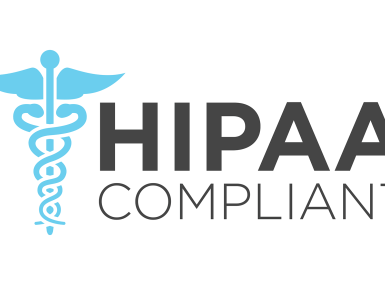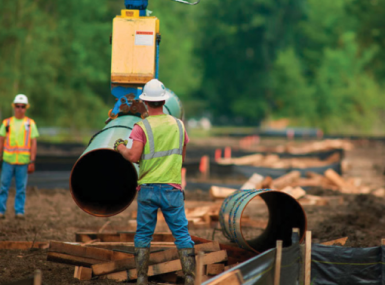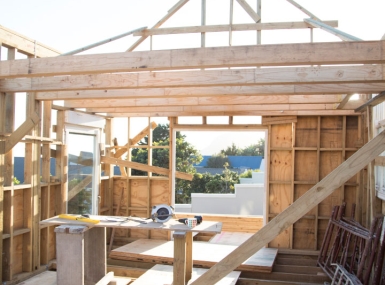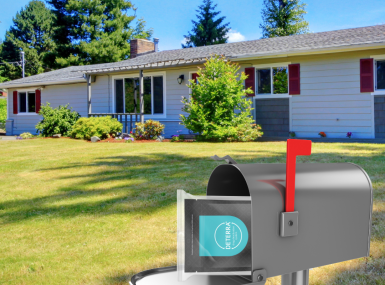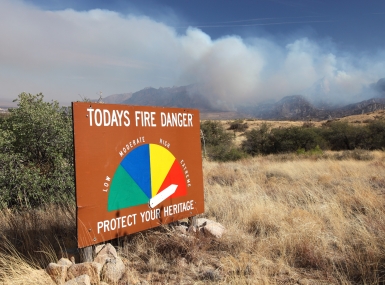From prevention to resilience: Strategies in wildfire mitigation
Upcoming Events
Related News
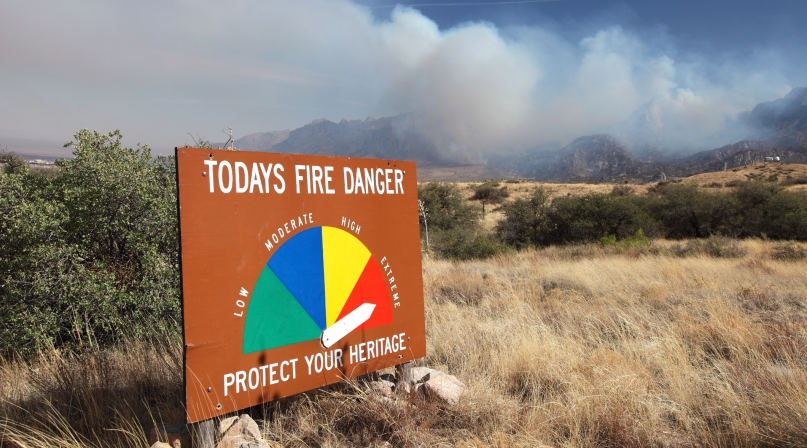
Key Takeaways
From Our Partners
This post is sponsored by our partners at Tidal Basin.
Wildfires can cause significant damage to ecosystems, properties, and human lives. Uncontrolled wildfires rapidly spread through vegetation, typically in forests, grasslands, or bush areas. Natural events like lightning strikes or human activities, including arson or careless handling of fire, often trigger them. Dry conditions, intense heat, high winds, and flammable materials, such as vegetation and fallen leaves, fuel these fires and cause them to spread quickly.
"Communities worldwide are now turning to a multifaceted approach to mitigate the impacts of these natural disasters," stated Michael Gallagher, Senior Director of Mitigation at Tidal Basin. "From creating defensible spaces to implementing early detection systems, there are various measures that foster resilient communities, protect lives and property, and help us live more safely with wildfires."
Creating a defensible space around homes and other structures is one of the most effective strategies. This space, clear of vegetation and combustible materials, acts as a buffer zone that slows or even halts the advance of a wildfire, giving firefighters a chance to combat the flames directly.
A key component of the defensible space strategy is fuel management. This tactic includes reducing flammable vegetation, thinning tree canopies to prevent fires from leaping across treetops, and removing dead wood and debris. Reducing flammable materials can significantly mitigate the intensity and spread of wildfires.
One controversial but effective method of fuel management is controlled burns. These are fires that are intentionally set by fire professionals under strictly controlled conditions to consume flammable material and prevent future fires from escalating. While they carry risks, they can be an effective prevention tool when expertly executed.
Firebreaks and vegetation gaps can also disrupt a wildfire’s progress. These can be naturally occurring features like rivers or man-made features like roads or specially cleared strips of land.
Mitigation also extends to building and infrastructure design. This can encompass the use of fire-resistant materials in construction and the implementation of fire-safe landscape designs. Spacing structures appropriately and incorporating non-combustible materials can minimize fire spread.
Emergency planning is crucial. A robust emergency response plan, including clear evacuation routes and communication protocols can help communities act swiftly and efficiently, reducing potential casualties and property loss.
Of course, such strategies would be inadequate without community education. Teaching residents about wildfire risks, how to reduce those risks, and how to react appropriately during a wildfire can significantly bolster community resilience.
Rapid response is vital. Therefore, early detection systems are being developed and improved to identify wildfires as soon as they start, enabling a faster reaction time to potentially limit the spread and impact of the fire.
Successful wildfire mitigation calls for collaborative planning and management. Since wildfires do not respect property lines or administrative boundaries, cooperation across landowners, government agencies, and jurisdictions is essential. "Interagency fire mitigation and management is crucial in those highly prone wildfire areas. Ineffective and short-sighted forest and rangeland management can compound wildfire structure, duration, and area impacts, maybe more than small, incremental increases in average mean temperatures," said Mark Stephensen, Grants Management Specialist at Tidal Basin, and wildfire defensible space expert.
Lastly, some communities are working towards becoming fire-adaptive. Such communities integrate various strategies – land-use planning, development regulations, building codes, and homeowner education – to live more safely amidst the ongoing threat of wildfires. The risk of wildfires has increased as hotter and drier conditions provide ideal fuel for their rapid spread. Urgent measures are necessary to prevent and combat these destructive fires. The implementation of these strategies is no small task.
"Communities impacted by this weather phenomena should encourage and participate in interagency wildfire planning and mitigation using the expertise of fire professionals and consultants such as Tidal Basin to help them address concerns and reduce future impacts," said Mark.
For more information about Tidal Basin and how we can help you prevent and mitigate wildfires, please visit TidalBasinGroup.com.
Post Sponsor

Related News

Counties and Railroads: Shared Priorities for the Next Surface Transportation Bill
County leaders from across the country have a vital opportunity to ensure their infrastructure priorities are front and center.








